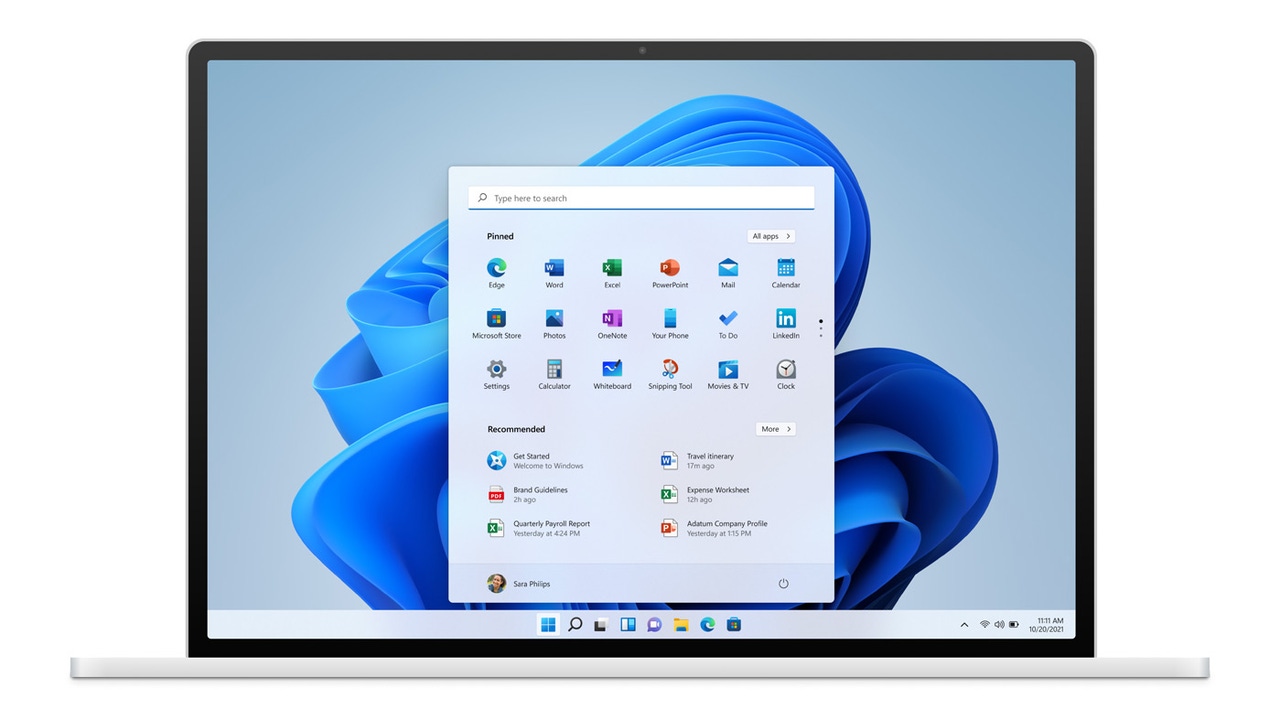One of the most desperate situations with a computer is when it fails to start. The problem may be at the level of hardwareif the computer does not detect the hard drive on which Windows is installed, or software if Windows does not load correctly and does not provide access to the desktop or respond to the usual commands to initiate a secure boot. In these cases, it may seem that there is no other option than to go to a technician, but there is the possibility of creating a bootable USB memory with Windows 11 or another alternative operating system and being able to work with the computer from it.
There are a variety of options to create this type of pendrive that can get the user out of a lot of trouble. The most popular is Rufusa very light app with which you can convert a pendrive into a portable operating system ready for when the occasion arises. It weighs just over a megabyte and does not need to be installed on the computer, but rather runs directly from the installation file.
The only thing you will need, apart from a USB memory with at least 8 GB of space, is a Windows 11 disk image that you can download from the Microsoft website by following these steps:
- Access the page with your browser Windows 11 download .
- In section Download Windows 11 Disk Image (ISO)click Select downloadchoose Windows 11 (multi-edition ISO) and click Discharge.
We provide the Windows 11 option (Microsoft does not have the Windows 10 ISO available for download), but another is choose a lighter operating system like some distribution of Linux. Ubuntu It is one of the best-known options and its ISO can also be downloaded from its website.
Once we have the image of the operating system on our computer, we have to download Rufus. Unless you have a computer with an ARM or 32-bit processor, choose the standard version of Rufus for Windows x64. Once downloaded, follow these steps to create a pendrive with an operating system ready to use:
- Beam Double click in the downloaded Rufus file to start the application.
- In section Devicechoose the USB memory you are going to use.
- In Boot Choicechoose the Windows 11 image that you have downloaded.
- In Image optionsclick Windows To Go.
- In Partition schemeChoose MBR.
- In Target systemchoose BIOS or UEFI.
- Click Begin. A window will open with additional options which include being able to eliminate some of the most demanding minimum requirements for Windows 11 (more than 4GB of RAM, secure boot and TPM 2.0) or that of an online Microsoft account, among others. After making your selection, click okay to create the bootable USB.
Once created, it may be necessary to make some changes to the BIOS for the system to boot from the USB memory. If the problem is that it does not detect the usual hard drive, then the system will automatically boot from the first disk drive that allows it, so there is no need to touch the BIOS. If the problem is that it detects it, but it cannot start Windows or it freezes during the process, then you must enter the BIOS and select the USB memory as the first boot media.

